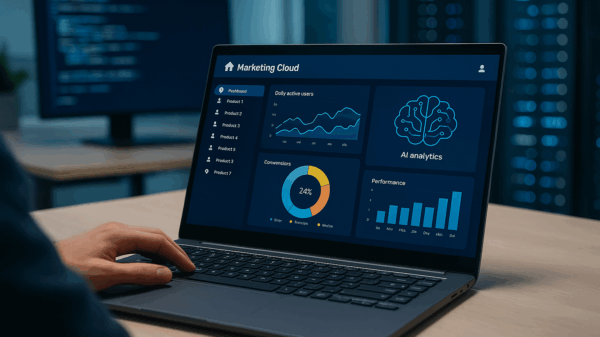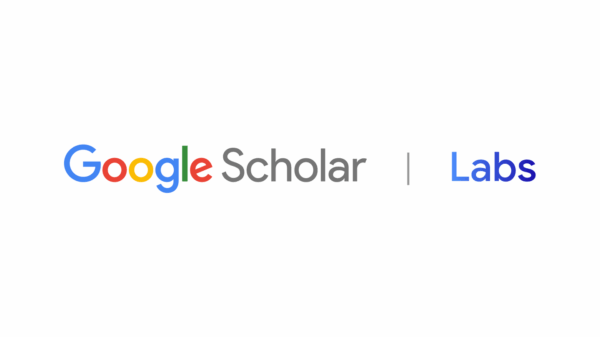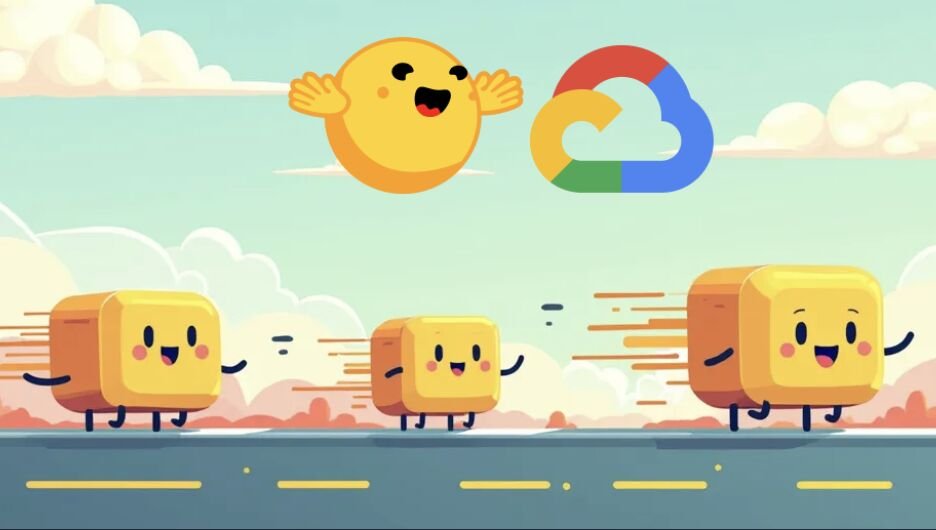In a significant development for the artificial intelligence landscape, Clem Delangue, co-founder and CEO of Hugging Face, recently announced a new partnership with Google Cloud that promises to revolutionize how developers access and utilize open-source AI models at scale. This collaboration not only highlights the growing importance of open-source resources but also signals an impending shift in the cloud infrastructure utilized by AI developers.
Hugging Face is renowned for hosting one of the world’s largest ecosystems of open models and datasets, which are extensively used by developers, researchers, and companies within the AI sector. In his LinkedIn post, Delangue shared some eye-opening statistics: “Every day, over 1,500 terabytes of open models and datasets are downloaded and uploaded between Hugging Face and Google Cloud by millions of AI builders.” He further estimated that this activity already generates over $1 billion in cloud spending annually.
Enhancing Developer Experience
This partnership is set to introduce several infrastructure improvements aimed at optimizing model uploads and downloads through Vertex AI and Google Kubernetes Engine. A key feature of the collaboration will be a new gateway that caches Hugging Face repositories directly on Google Cloud, designed to significantly reduce latency for teams handling large datasets and models.
Delangue outlined the benefits of this partnership by stating that developers will experience reduced upload and download times for Hugging Face models and datasets. The introduction of this caching gateway will facilitate a smoother workflow, allowing developers to focus more on innovation rather than technical bottlenecks. Additionally, the partnership will provide native support for Tensor Processing Units (TPUs) on all open models sourced through Hugging Face, enhancing computational efficiency.
See also Anthropic Reports First AI-Led Hacking Campaign, Targeting 30 Entities Worldwide
Anthropic Reports First AI-Led Hacking Campaign, Targeting 30 Entities WorldwideIn a similar vein, Julien Chaumond, CTO of Hugging Face, emphasized the scale of usage in his own post, reiterating the staggering volume of data exchanged between Hugging Face and Google Cloud. He noted the incorporation of enhanced security measures, such as VirusTotal integration, further elevating the safety and reliability of this collaboration. According to Chaumond, the partnership aims to make AI “faster, safer & cheaper for all.”
The Future of Open-Source AI in Cloud Environments
Both Delangue and Chaumond framed open-source AI as a foundational component of future cloud workloads. Delangue articulated a forward-looking vision, suggesting that “the majority of cloud spend will be AI-related and based on open-source (rather than proprietary APIs) as all technology builders will become AI builders.” This perspective anticipates a future where the development and deployment of AI solutions are increasingly democratized and accessible.
Echoing this sentiment, Chaumond expressed confidence in the partnership, stating, “And both Google Cloud and Hugging Face will be there for it, let’s go!” This collaboration not only aims to address immediate technical challenges but also seeks to lay the groundwork for the next generation of AI applications, focusing on scalability, efficiency, and open-source collaboration.
As the AI landscape continues to evolve, partnerships like this one between Hugging Face and Google Cloud are pivotal. They not only enhance the developer experience but also foster a more agile and innovative environment for AI research and application. This collaboration underscores the importance of open-source tools in the future of AI, setting the stage for broader industry transformations that prioritize accessibility and collaboration.










































































